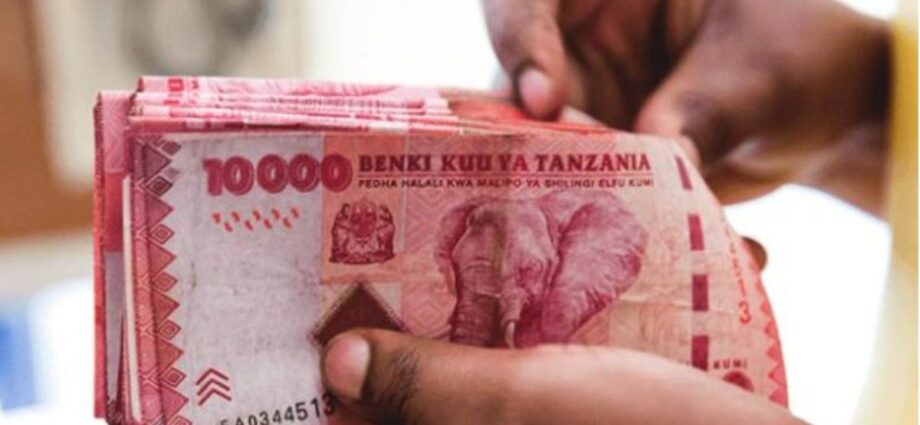Dar es Salaam. A big chunk of money borrowed as personal loans is spent on the construction of houses and other structures, according to new data.
Personal loans remain the largest component of credit to the private sector, accounting for 36.4 percent, followed by trade and agriculture at 12.8 percent and 11.8 percent, respectively.
According to the Bank of Tanzania’s Monetary Policy Report released recently, 53 percent of personal loans is spent on construction, while 22 percent is utilised for personal consumption.
In contrast, only 9.1 percent is dedicated to business through small and medium enterprises (SMEs), with 7.9 percent being set aside for financing other endeavours such as education.
Economic and financial analysts have attributed this situation to the nature of the local credit market.
Prof Abel Kinyondo of the Dar es Salaam University College of Education told The Citizen that the domestic credit market is still developing.
“If we had a mature mortgage market, people would not have to depend on personal loans for construction,” he said, adding that banks go out of their way to avoid risks by ensuring that there is a high possibility of recovering the money they issue as loans.
“Most of those obtaining personal loans are salaried employees since this makes repayment easier,” Prof Kinyondo said.
He warned, however, that this could adversely affect wealth creation in the country.
He added that the government has been competing with the private sector for loans because there has been significant issuance of long-term treasury bonds with high interest rates in recent years.
This makes the government a more attractive borrower than the average individual because the bonds are considered risk-free.
“I believe that if the government reduces its borrowing from commercial banks, these lenders will be encouraged to increase credit to traders and businesses, potentially leading to lower lending rates.”
The surge in construction financing can be attributed to several factors, including government initiatives aimed at improving infrastructure and a burgeoning real estate market.
With the government prioritising development projects, the channelling of personal loans into construction is expected to drive further investments in the sector.
Prof Harun Mapesa of Mzumbe University said a substantial portion of loans is directed towards residential construction, which requires significant funding.
This, he added, is often the quickest way for employees to own homes.
Prof Mapesa said people are also erecting commercial buildings such as hotels and guest houses due to high demand for housing in Tanzania.
“Currently, there are no large organisations to meet this demand and provide people with secure accommodation options.”
Prof Mapesa added that loans issued for business tend to be relatively small because banks are hesitant to lend without collateral. Consequently, when they do lend, the amounts are minimal.
He warned that this trend could negatively impact the economy.
To address this challenge, Prof Mapesa urged the government, banks and large organisations to provide guarantees for small businesses and entrepreneurs and enable them to access larger loans.
He also spoke of the need for the government to establish policies mandating banks to maintain portfolios for each sector, specifying the amount of loans they should offer to foster growth.
Overall, the BoT’s latest data shows that in the quarter ended September 30, 2024, private sector credit growth in Tanzania remained robust, averaging an impressive 17.16 percent. This was consistent with the performance of the previous quarter.
This sustained growth reflects a broader recovery in both global and domestic economic conditions, further supported by government policies aimed at stimulating economic expansion.
The risk on lending remained low, reflected by improvement in banks’ asset quality, with the non-performing loans (NPLs) ratio decreasing to 3.9 percent in August 2024 from 5.1 percent in the corresponding month of 2023.














